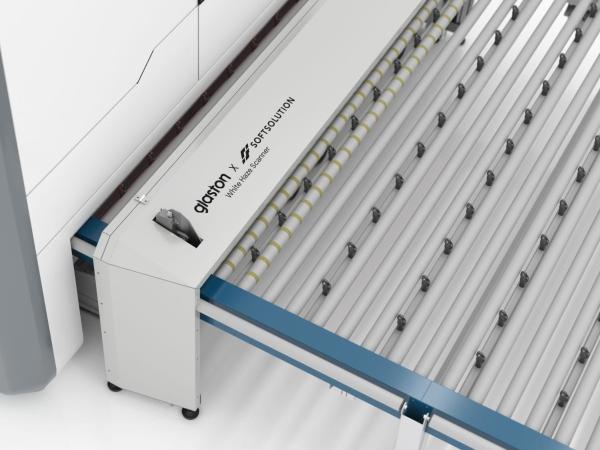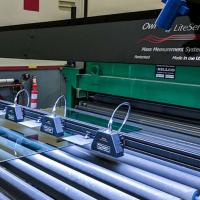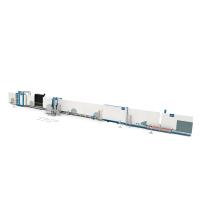
Date: 12 June 2023
White haze is a phenomenon that has been around as long as tempered glass manufacturing. Tracking down what is causing white haze can be extremely challenging and it can take a lot of experience to being able to identify the real root cause behind the issue.
Moreover, what makes white haze as a phenomenon even more difficult is that there hasn’t been a system to reliably measure and grade white haze. Identifying and determining how strong the observed white haze is, has been so far purely relying on subjective evaluations made by eye. And as with any process development, if you cannot reliably measure something, it also makes fixing the issue that much harder.
In order to overcome this issue, Glaston and Softsolution decided to start tackling this issue together: combining Glaston’s know-how of the tempering process and AI based solution with Softsolution’s expertise optical glass quality scanning equipment. The target was to develop a scanner that can reliably detect white haze as well as recognize the level of white haze.
With the development efforts it was proven that white haze can be reliably detected from tempered glass automatically. The system is using a neural network that has been taught to detect where white haze is located on the glass and also how strong the detected white haze is.

 600450
600450


























Add new comment